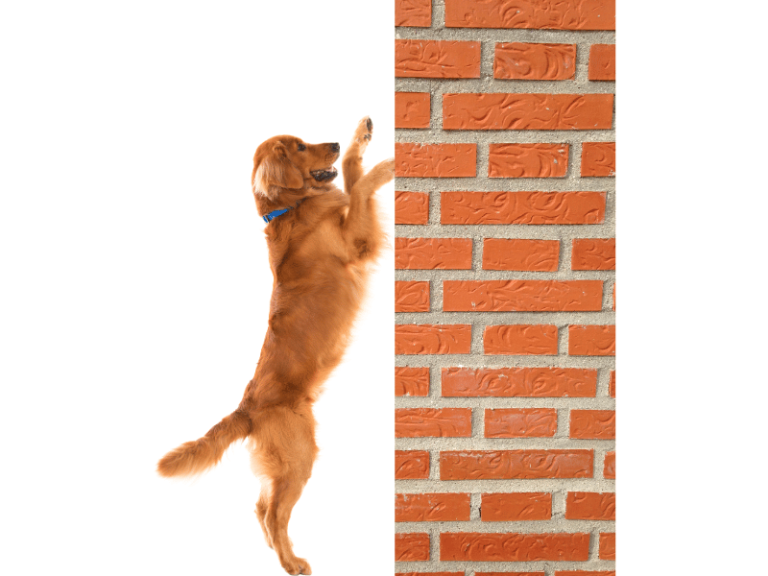The saying “a cornered dog will leap over a wall” does have some truth to it; if you chase a dog with a stick and it gets desperate, it will indeed leap over a high obstacle.
Have you seen pig legs in a butcher shop? After the skin is removed, you can see the interwoven “muscles” tightly attached to the bones. These muscles are called skeletal muscles. Dogs also have skeletal muscles. If you tie two pieces of wood together with a rubber band, you can separate the wood pieces by stretching the band, and bring them together by allowing the band to contract. A dog’s ability to move is due to the shortening or relaxing of its muscles. Don’t think of muscles as just chunks of meat; their structure is quite complex. They are composed of numerous muscle fibers intricately arranged in an orderly manner and connected by nerves. During movement, these muscle fibers act as machines that work both cooperatively and independently. The “fuel” that powers these “machines” is a special chemical substance called adenosine triphosphate (ATP), which is mostly stored under normal conditions.
When a dog is chased into a state of panic, all its nerves are in an extremely tense state. The stored fuel, controlled by the nervous system, is urgently mobilized in such critical moments. Under the action of an enzyme, ATP quickly releases energy to power the countless machines, causing the muscles to shorten to one-third or even one-fourth of their original length. This intense contraction forcefully pulls on the bones and joints, enabling the dog to leap over the wall.
The fact that animals exhibit extraordinary strength in critical moments is not unique to dogs; similar instances can be found in our daily human life. The reason is the same.

